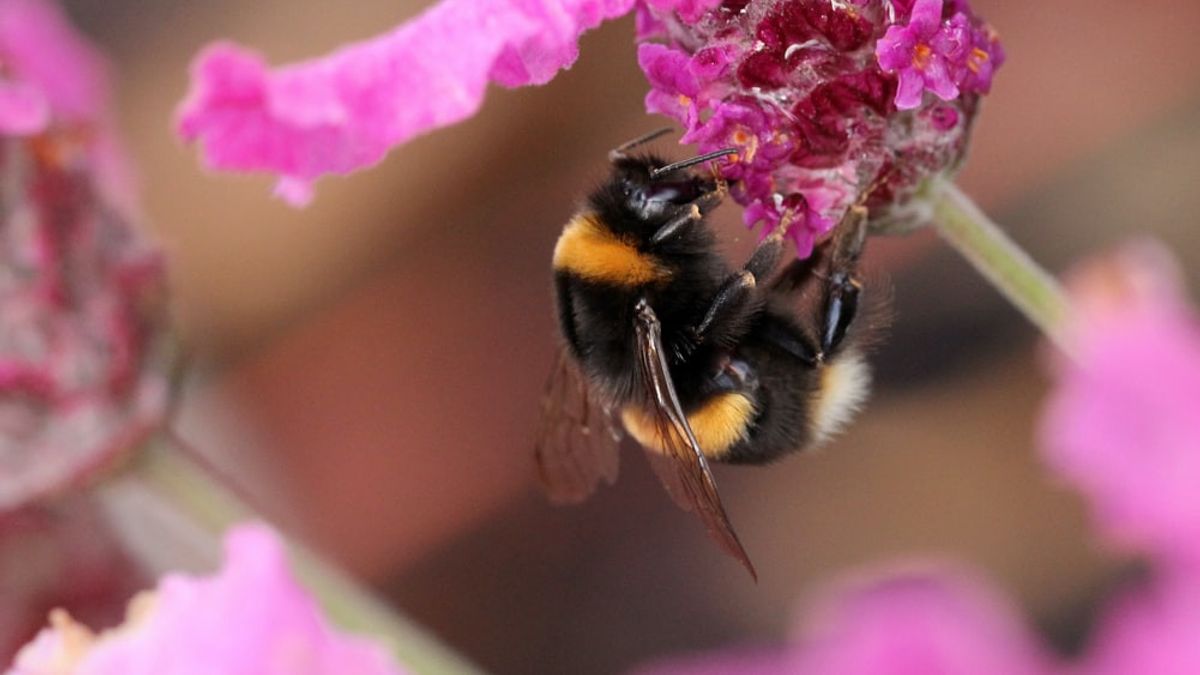JAKARTA - A recent study in Canada found that over the past century, beetles in the region have dwindled. This fact can be seen from the size of eight species of beetles and animals from the past and present. They found that some beetles adapted to a smaller body size.
The data also shows that the bigger the beetle, the smaller the size. However, the smaller ones are not.
About 50 million years ago Earth's temperature warmed by three degrees Celsius (5.4°F) and as a result, animal species at that time shrunk by 14 percent.
Another warming event about 55 million years ago called the Paleocene-Eocene Thermal Maximum (PETM), has warmed the earth to eight degrees Celsius (14.4°F). In this case, the animal species at that time shrunk by a third.
The shrinking of body size can be seen from several global warming events. With global temperatures set to continue to rise, it is expected that the average size of most animals will decrease.
In addition to global warming, the world has seen a dramatic decline in the number of large animals, due to a variety of reasons.
One of them called 'megafauna' is a large extinct animal. With long life spans and relatively small population numbers, they are less able to adapt to rapid changes as small animals reproduce more frequently.
The extinction of the animals was also caused because they were often hunted for trophies or for food. Large animals such as mastadons, mammoths and the western black rhino, which were declared extinct in 2011, have been hunted by humans to extinction.
A new study has also warned that rising global temperatures could have an adverse effect on male dragonfly 'flashes'. The 'Bling' – dark patches on the wings – disappears in response to rising temperatures in an attempt to keep insects cool.
"Our study shows that wing pigmentation of the male dragonfly evolved consistently in response to climate, making it one of the most predictable evolutionary responses ever observed for a species in terms of mating characteristics," said Michael Moore, a researcher from Washington University in St. Louis.
On a small scale, global warming has proven to have made various species of insects and animals try to adapt in every way possible. In addition to shrinking the body, it also changes its nature and color.
The English, Chinese, Japanese, Arabic, and French versions are automatically generated by the AI. So there may still be inaccuracies in translating, please always see Indonesian as our main language. (system supported by DigitalSiber.id)













